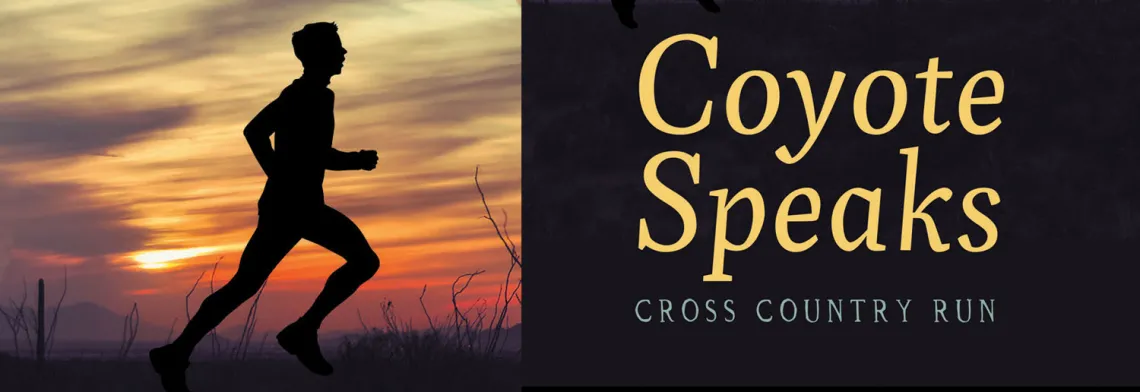On Self-Publishing: A Perspective from UA President Emeritus Peter Likins
In a rapidly changing book industry, University of Arizona President Emeritus Peter Likins self-published his first fiction novel last year. Through the process, he learned the importance of expertise, and creative autonomy.

Peter Likins, University of Arizona president emeritus, has “seen multiple revolutions in the publishing industry” since he wrote his first book.
Since 1973, Likins has authored three books—and co-authored two others—but until last year, he had never considered self-publishing.
His first was a textbook titled Elements of Engineering Mechanics, published by McGraw-Hill Education. At the time, Likins was an associate professor of engineering at University of California, Los Angeles. A representative from McGraw-Hill, one of the largest educational publishers established in the late 1800s, contacted Likins directly and requested that he author the textbook.
In the 1970s, says Likins, this was standard practice. Later, that would change. “In that era, really big publishers worked directly with authors. Over time, third parties began performing intermediate functions as agents, and the big publishing houses communicated directly with big name authors only.”
For big publishing houses, like McGraw-Hill or Penguin Random House or Simon & Schuster, agents screen books faster and more efficiently than they could. If that book is then picked up and sold by the publisher, the agent gets a portion of the revenue. This industry model largely preceded the digital revolution, and has introduced additional opportunities, risks, and complexities for authors.
“Publishers are becoming much more conservative in terms of books they’ll print. It’s harder and harder to be a first-time novelist published by a major publishing house, which are now fewer in number,” he says.
These days, authors are increasingly circumventing all of this by self-publishing.
By the time he took his first plunge into the world of fiction in 2015 with Coyote Speaks: Cross Country Run, he was persuaded by a friend who had published several books to try self-publishing with professional guidance along the way.
First, he hired a lawyer to create the corporation Darby Books, LLC. Although owned and operated by Likins alone, Darby Books serves as his publisher. Of course, there are easier and less expensive ways to approach self-publishing, but, according to Likins, “I wanted to make sure I did everything right.”
Dedicated to the quality of his final product—the book itself—Likins then hired 1106 Design, a book design firm based out of Phoenix. They custom designed Coyote Speaks based on Likins’ preferences, and then got in touch with two online publishers, CreateSpace, owned by Amazon, and IngramSpark, to print Likins’ book on a “print-by-demand” basis. He entered contracts with both.
If, for example, you were to order a paperback copy of Likins’ book on Amazon today, CreateSpace would then print the one copy that would land on your doorstep. The novel is also available as an e-book.
Lastly, says Likins, he engaged the Cadence Group, a marketing firm based in Illinois, which offers a menu of services for the author to call upon.
“Self-publishing is a complicated process,” he concludes. “Technical issues like copyright provision and ISBN codes don’t go away. I would not recommend first-time authors doing this themselves without professional assistance, but I look at my book right now knowing that I created it myself and believing that its quality has benefited enormously from self-publishing.”
Despite the increase in responsibilities and the financial risk that comes with self-publishing, Likins says the creative control is worth it to him, and apparently many other authors.
One example in particular, he says, illuminates the advantage of control. When a copy editor Likins contracted to edit the book indicated that he should hyphenate “Cross-Country” in the book’s title, Likins asked the UA’s cross country coach for his input and later checked the NCAA website. When the coach responded that people in his field no longer hyphenate these words, Likins was able easily to override his editor. Today, the title words appear without the hyphen. If an established publisher had purchased the book, that ownership would have come with the prerogative of keeping the hyphen—or perhaps even changing the title itself.
As for the lingering stigmas surrounding self-publishing, Likins isn’t too concerned: “It’s a stigma especially held by old people like me, who have spent a lifetime holding books in our hands and relying upon recognizable names of publishing houses. Few people today ask who the publisher is when they buy a book and as self-publishing increasingly becomes the norm, the stigma will gradually die away.”
“This world is changing very, very fast and the digital revolution is transforming communication at all levels. Whatever anxiety some of us may feel about that rapid evolution is something we’ve got to get over, because it’s not going to stop.”

